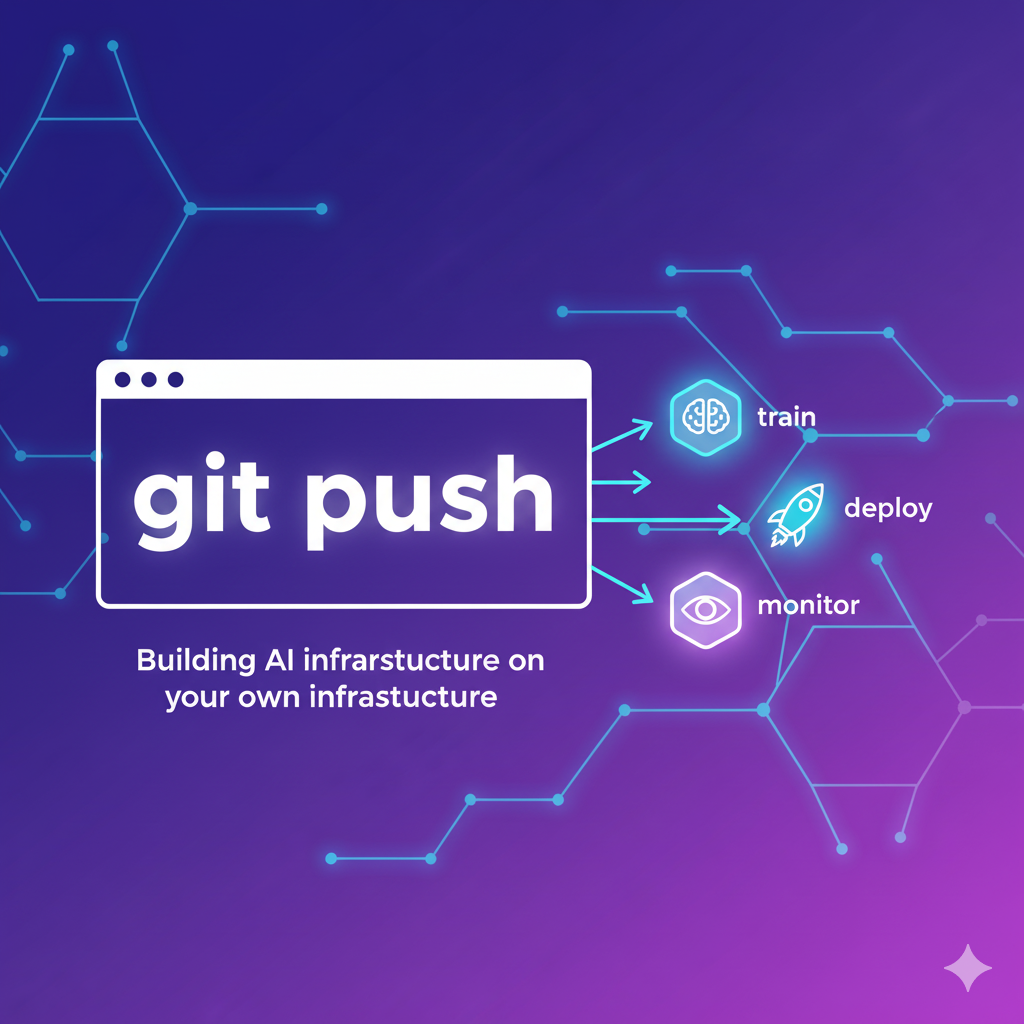Building AI Infrastructure: The Case for Specialized Models and AI Agents
Building Enterprise AI Infrastructure: The Six Pillars, Specialized Models, and Emerging AI Agents
This deep-dive explores:
- The six pillars required (Data Infrastructure, GPU Infrastructure, Training Pipeline, Model Serving, Supporting Services, Security & Governance)
- Why specialized small models outperform foundation models for enterprises (85% better on domain tasks, 13-33x cheaper, data sovereignty)
- How emerging AI agents are changing economics (5-10 person platform teams → 1-2 engineers + AI agents)
- The open-source stack (KServe, vLLM, SGLang, TensorRT-LLM, MLflow, Kubeflow, DeepSpeed, Temporal)
- Why current tools are fragmented and operationally complex
- The vision: Self-hosted infrastructure with managed-platform simplicity—powered by specialized models for business logic + AI agents for operations
Introduction
Enterprises are discovering they can run powerful AI models on their own infrastructure—but building production AI infrastructure is significantly harder than application deployment.
This post breaks down the six interconnected systems required, why specialized small models outperform foundation models for enterprise use cases, how emerging AI agents are changing the economics, and the engineering trade-offs at every layer.

This is a comprehensive technical deep-dive. We explore the complete AI infrastructure landscape—from why enterprises build their own platforms to the six pillars required and the open-source technologies available.
- 🎯 Looking for specific topics? Use the navigation guide below to jump to what you need
- 📚 Want to understand the full picture? Read through—it's structured as a comprehensive exploration of AI infrastructure challenges and solutions
